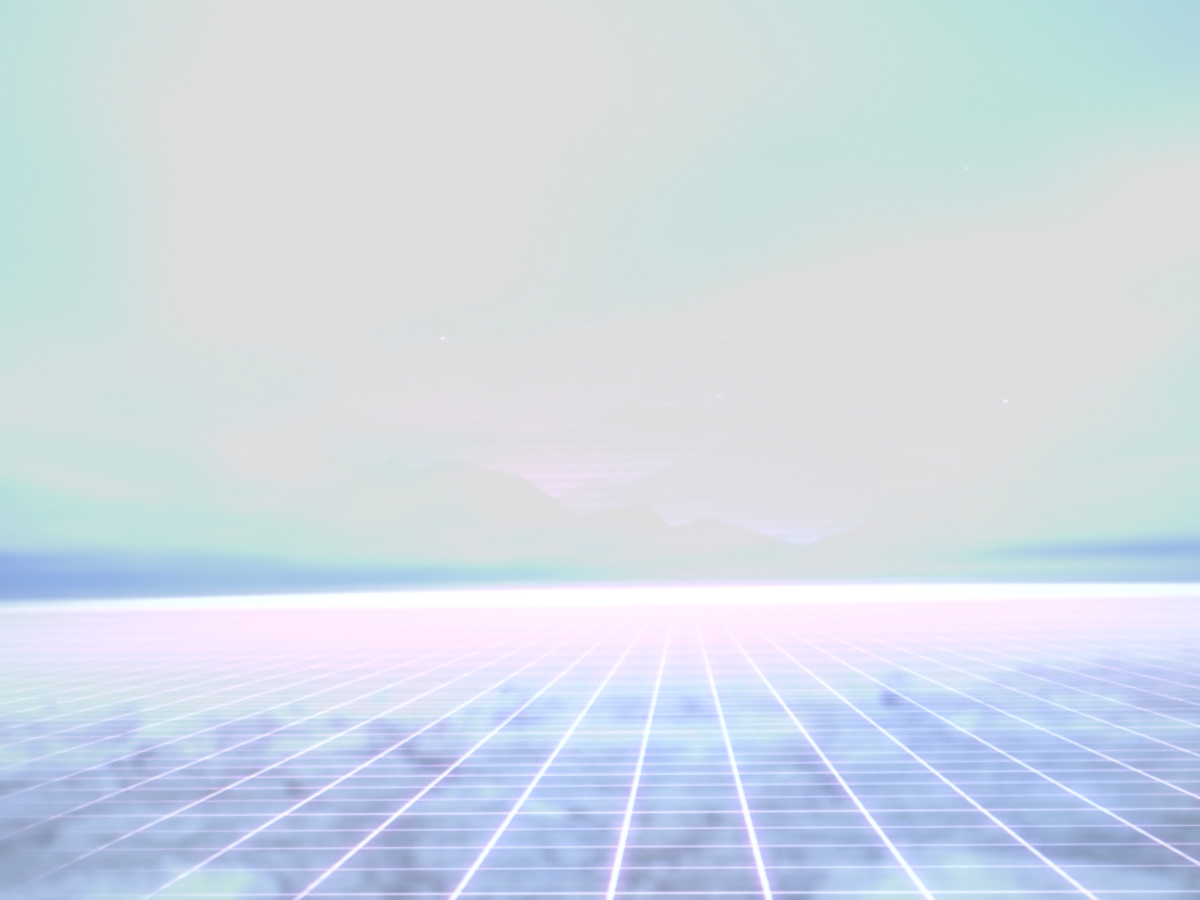The Artist of the Year, Christelle Mas, combines soft materials and installation elements to photography in her exhibition. The artworks expand the concept of photography and invite immersion into a multidimensional, and somewhat humorous vision of the future.
Mas explores the connections between humans, technology, and other species. She imagines future scenarios where genetically modified species coexist with humans in unfamiliar environments. The boundaries between science and mythology, as well as between natural and artificial elements, become blurred in her works.
“The capacity to dream is one of the most beautiful gifts we have. Dreams predict the future and shape the past. We lack a desirable future; there’s a need to imagine, to dream. Technology serves as a mirror reflecting our hopes and fears.
My creative process involves a fusion of artistic and scientific methodologies, using so materials, installations, videos, NASA’s freely available materials, AI, and photography. I explore the human connection to technology and other species, often imagining future scenarios in which genetically modified species coexist with humans in an unfamiliar environment. The «Paradise» project presents different visions of a world that has become uninhabitable for an increasing number of living species, while exploring possible and dreamed spaces and biological species for the future.
The «Paradise» project focuses our thoughts on a brighter future of our world, featuring colorful hybrid bodies that freely illustrate a harmonious coexistence of nature and culture, the natural and the artificial, biology and technology. Amidst the prevailing discourse of catastrophic warnings about genetic manipulation and species extinction due to climate change, I embrace the utopian idea of a biological multispecies future. What if the key to nature’s future lies in embracing the elegance of diversity? In envisioning a brighter future, the «Paradise» project not only celebrates diverse bodies but also emphasizes the importance of neurodiversity. Vibrant hybrid bodies symbolize a harmonious blend of nature and culture, advocating for the embrace of biological and technological diversity. Amid concerns of genetic manipulation and species extinction, embracing neurodiversity is highlighted as a key to navigating the complexities of our world’s future.
In the Alternative Living Codes artworks, I describe imaginative narratives where evolving species and life forms undergo metamorphosis and are recreated by unconventional science. Animals and species are enhanced with new traits to thrive in our evolving environment. The concept of a better future is depicted in the ‘Territories’ photographs, portraying timeless and paradisiacal landscapes where we seek to push beyond the horizon. Can we rebuild our lives anywhere in this ever-changing frontier? The open horizon symbolizes the “future”. The ongoing Territories photographs series blurs the line between dream and reality, exploring the habitability of extraterrestrial landscapes and embracing diversity in our quest for human habitation in the infinite cosmos. This project also incorporates NASA’s freely available materials, which I edit on my computer. Scientists continuously explore the possibility of human habitation in the universe, as we embark as nomads towards an infinite cosmos, where the horizon eventually fades into the unknown. Territories photographs are captured in Finland and on Hailuoto, the largest island in the Bothnian Bay. I merge two or three images onto a single print, juxtaposing moments in a single place.
The Alternative Living Codes series comprises photographic collages, photographic soft sculptures, and art videos created through advanced digital scientific techniques in collaboration with Oulu Biocenter in northern Finland. At the Biocenter, I work with four distinct 3D microscopes: a scanning electron microscope, a light microscope, a tomography microscope, and a micro-tomography microscope. Under these microscopes, I photograph samples of snakes, insects, and other creatures. The collage figures created from these images subtly resembles animals. I’ve explored various methods of combining photos and so materials, investigating suitable solutions for printing photos on textiles. I am working with textiles – lots of stretchy fabric, bold colors, organic shapes, inflatables, balloons often printed with abstract imagery based on microscopic views of bugs, snakes, etc. I have designed three-dimensional photo collages that can be exhibited as sculptures on the floor or walls. Photos are printed on elastic textiles, allowing for the sculpting of organic forms. I have cut the textile-printed photos and fill the cut forms with bubble wrap, experimenting with movement and lightweight materials in conjunction with photography. The artworks are designed to be tactile and interactive, allowing the public to touch and manipulate them.”
Opening of the exhibition is held on 8th of August and the event starts at 17.30.
Christelle Mas
Paradise
Visual artist of the year, Oulunsalo Soi Chamber Music Festival
9.8.–26.9.2024
Oulunsalo library, Kapteeni Shopping Centre
Karhuojantie 2, 90460 Oulunsalo
